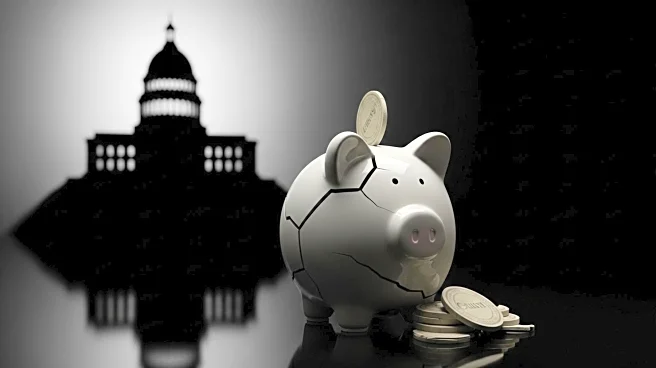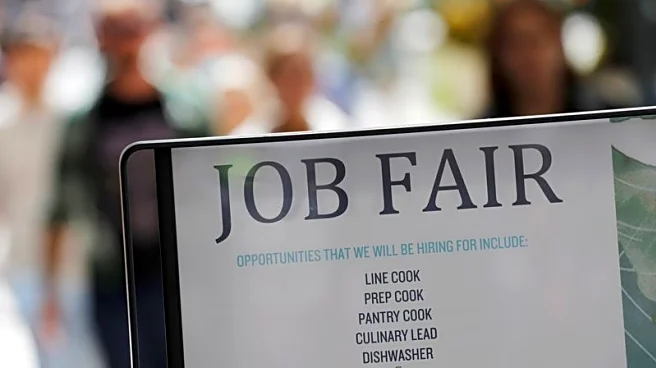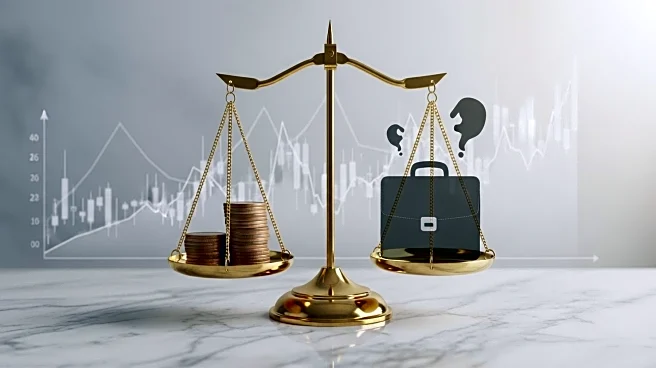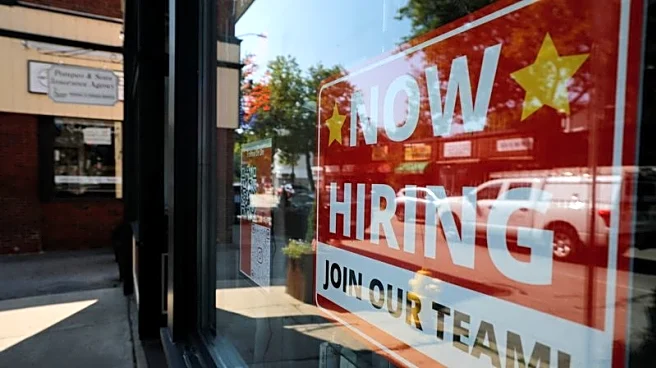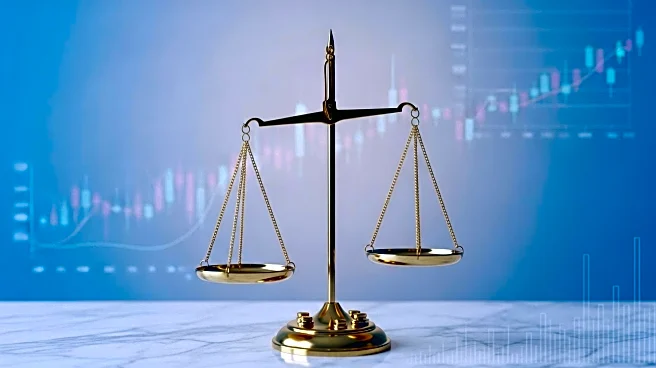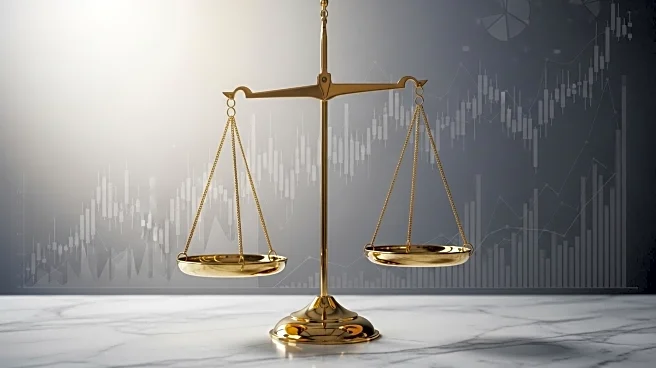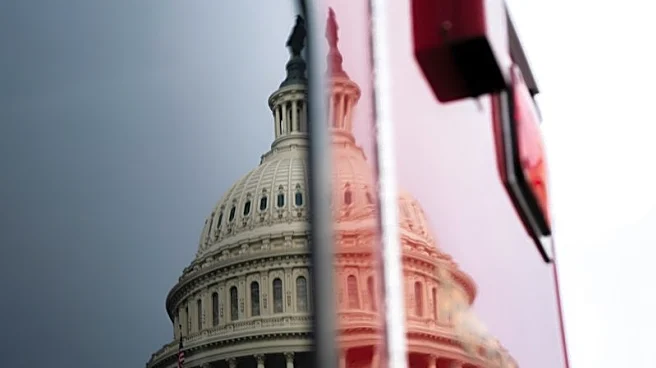What's Happening?
U.S. consumer confidence has decreased for the second consecutive month, as reported by the Conference Board. The consumer confidence index fell by 3.6 points to 94.2 in September, marking the lowest level since April. This decline is attributed to growing concerns over inflation and a weakening job market. The index measuring short-term expectations for income, business conditions, and the job market also fell, remaining below the recession-indicating threshold of 80. Inflation has been a significant concern, with consumer prices rising by 2.9% in August compared to the previous year. Despite historically low unemployment rates, the labor market has shown signs of deterioration, with only 22,000 jobs added in August. The unemployment rate has risen to 4.3%, the highest since October 2021.
Why It's Important?
The decline in consumer confidence is significant as it reflects broader economic challenges facing the U.S. economy. Inflation and job market uncertainties are impacting consumer behavior, potentially affecting spending and economic growth. The persistent inflation, driven by rising prices in essential categories like gas and groceries, is eroding purchasing power. Additionally, the labor market's sluggish performance, coupled with policy uncertainties such as tariffs and immigration crackdowns, is creating a cautious business environment. This situation could lead to reduced consumer spending, which is a critical driver of the U.S. economy, potentially slowing down economic recovery.
What's Next?
The upcoming release of September's labor market data will be crucial in assessing the job market's trajectory. Analysts predict a modest gain of 50,000 jobs, but this report could be delayed if a government shutdown occurs due to a budget impasse in Congress. Businesses and consumers alike are likely to remain cautious, awaiting clearer signals on economic policies and their impacts. The Federal Reserve's previous interest rate hikes and ongoing policy decisions will continue to influence economic conditions, potentially affecting future consumer confidence and spending patterns.

